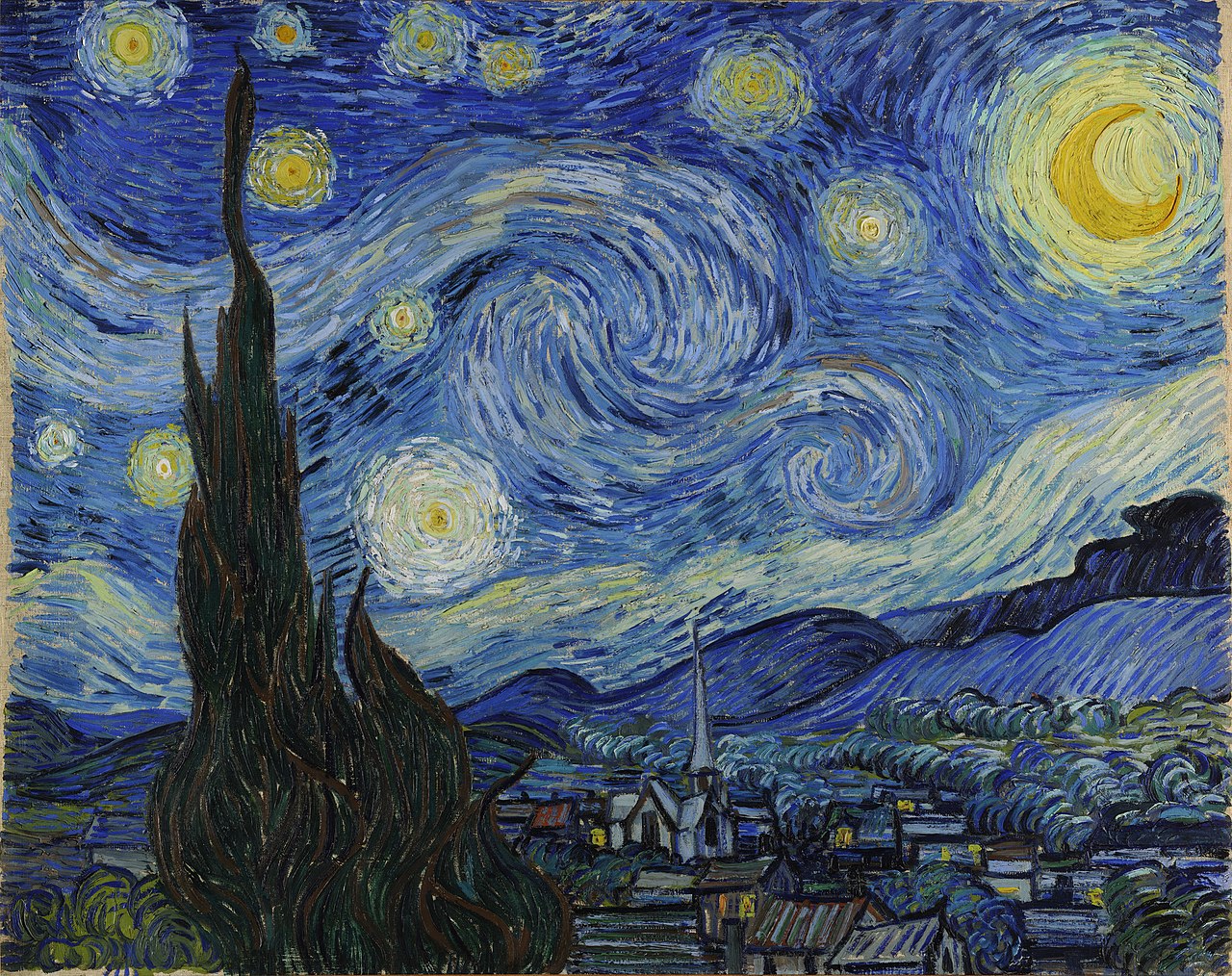Ekphrastic Poetry- What Is It?
December 30, 2017
Poetry is as diverse as the people who write it. It comes in many different shapes and sizes, ranging from the short and sweet haiku to epic poems that span hundreds of pages. But no matter what form it takes, all poetry starts in the same place. No, not with words. With inspiration. All poems stem from an idea. Without a spark of inspiration, art itself wouldn’t exist. Ekphrastic poetry, in essence, is poetry that was inspired from other works of art.
Ekphrasis dates all the way back to the time of the ancient Greek philosopher, Plato. In layman’s terms, ekphrasis is a rhetorical device used to relate one medium of art to another through vivid imagery. This imagery can take a verbal, visual, or auditory form. The purpose of ekphrastic works is to convey how the author views the essence of the art and bring a new life to it through their interpretation. The Poetry Foundation describes an ekphrastic poem as “a vivid description of a scene or, more commonly, a work of art.”
One of the most popular ekphrastic poems inspired by a famous work of art is Anne Sexton’s “The Starry Night.” Though it is only a few stanzas, Sexton brings forth an entirely new interpretation of Van Gogh’s painting. She uses strong word choice and violent imagery to accomplish a morbid mood throughout the piece, infusing the painting with a new chaotic energy. Her work is just one example of how ekphrastic poetry can ignite a deeper appreciation for an already meaningful work of art.
The Starry Night
Anne Sexton
The town does not exist
except where one black-haired tree slips
up like a drowned woman into the hot sky.
The town is silent. The night boils with eleven stars.
Oh starry night! This is how
I want to die.
